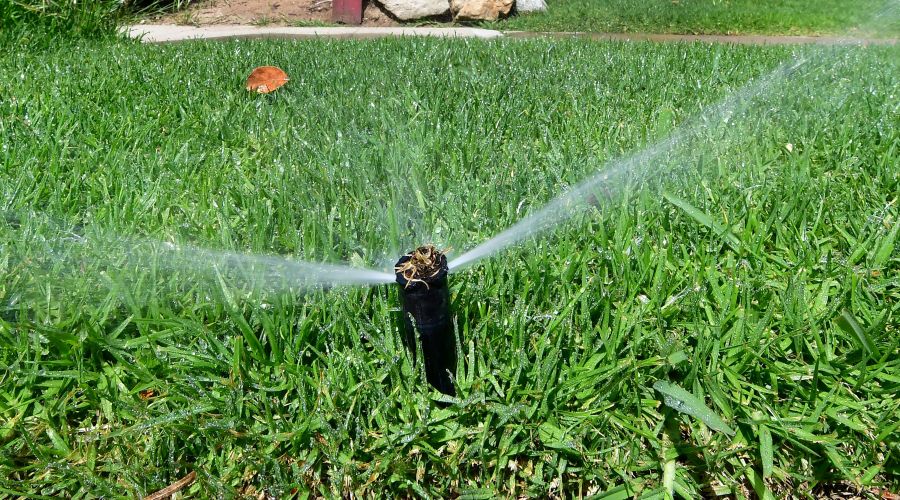Water Shortages Force Restrictions in Utah Cities Including Beaver and Mt. Pleasant

Water Shortages Plague Utah Cities Amid Drought and Heat
Utah is experiencing a severe water crisis, with multiple cities implementing strict water restrictions due to extreme heat and prolonged drought conditions. Beaver City and Mt. Pleasant City are the latest to take action, joining a growing list of communities struggling to manage dwindling water supplies.
Beaver City and Mt. Pleasant City Implement Restrictions
Beaver City recently imposed water restrictions after experiencing "extreme low flows in the river," according to a social media post. Residents are encouraged to use water more efficiently, particularly for outdoor purposes. The city has banned lawn watering between 10 a.m. and 6 p.m., and limits outdoor watering to two to three times per week. Additionally, residents are urged to consider reducing garden sizes or switching to drought-resistant plants like those used in xeriscaping.
The city also warned that any supplemental water drawn from wells will be charged to users, and well pumping is expected to begin soon. This comes as part of broader efforts to manage limited resources amid rising demand.
Mt. Pleasant City announced its own set of restrictions through a social media post on Monday. The irrigation system for Pleasant Creek Irrigation was temporarily shut off to allow the pond to refill. Once it’s turned back on, residents will face strict limitations on water usage, including specific days and times for watering. Fines starting at $150 could be imposed for non-compliance.
Water Master Kaden Jorgenson described the situation as one of the worst he has seen in his career. He explained that the pond, a critical water source for the area, had dried up over the Fourth of July weekend. The combination of low creek flows, high temperatures, and increased water use during the holiday led to the crisis.
Challenges in Water Management
Jorgenson highlighted the difficulty of addressing these issues due to outdated laws. For example, the Pleasant Creek Irrigation Company has been working on building a reservoir with a grant, but a century-old legal restriction prevents the project from moving forward. “We have the money, but until that point, this is normal,” he said. Until the reservoir is built, the city is urging residents to conserve water aggressively.
Similar challenges are being faced across the state. The Division of Water Resources estimates that there is a $17.5 billion backlog in needed water infrastructure improvements over the next 20 years. This financial burden adds to the pressure on local governments trying to maintain reliable water supplies.
Broader Water Shortages Across Utah
Other areas in Utah are also dealing with water shortages. In Iron County, officials with the Central Iron County Water Conservancy District have expressed concerns about declining aquifer levels, especially as more people move into the region. While they are working on long-term solutions like a reuse project, immediate conservation efforts remain crucial.
Clearfield City recently asked residents to conserve water due to electrical issues at city water pumps and increased outdoor usage. By limiting outdoor watering, the city managed to restore sustainable levels in its water tanks.
Salt Lake City has also called for water conservation this summer, as demand has risen by 5% compared to the past three years. Outdoor watering alone has increased by 10%. With nearly 400,000 residents relying on its water system, the city is emphasizing the need for careful management.
Washington County officials have similarly urged residents to practice water conservation as wildfires continue to threaten the area. Although the region started the summer in better shape than expected, officials warn against complacency and stress the importance of year-round conservation.
Calls for Long-Term Solutions
Experts and local leaders are increasingly warning that Utah's public water systems are not equipped to handle large-scale disasters like wildfires. As climate change continues to impact weather patterns, the need for improved infrastructure and stricter conservation measures becomes more urgent.
Residents are being encouraged to adopt water-wise habits, such as using efficient irrigation systems, planting native vegetation, and reducing overall consumption. These steps, while small individually, can make a significant difference in preserving water resources for the future.
With the state facing an uncertain climate outlook, the message is clear: every drop of water must be valued and used wisely.
Post a Comment for "Water Shortages Force Restrictions in Utah Cities Including Beaver and Mt. Pleasant"
Post a Comment